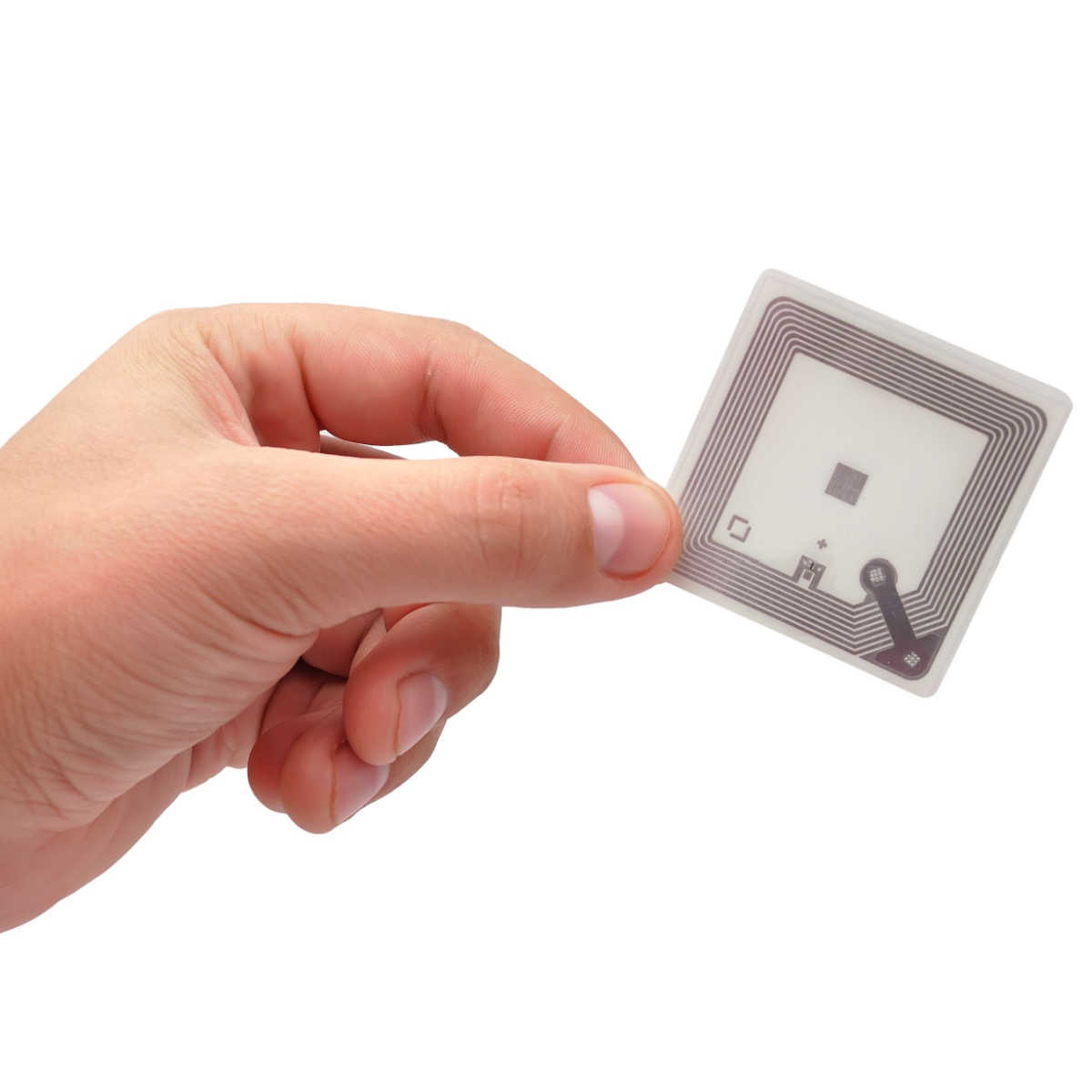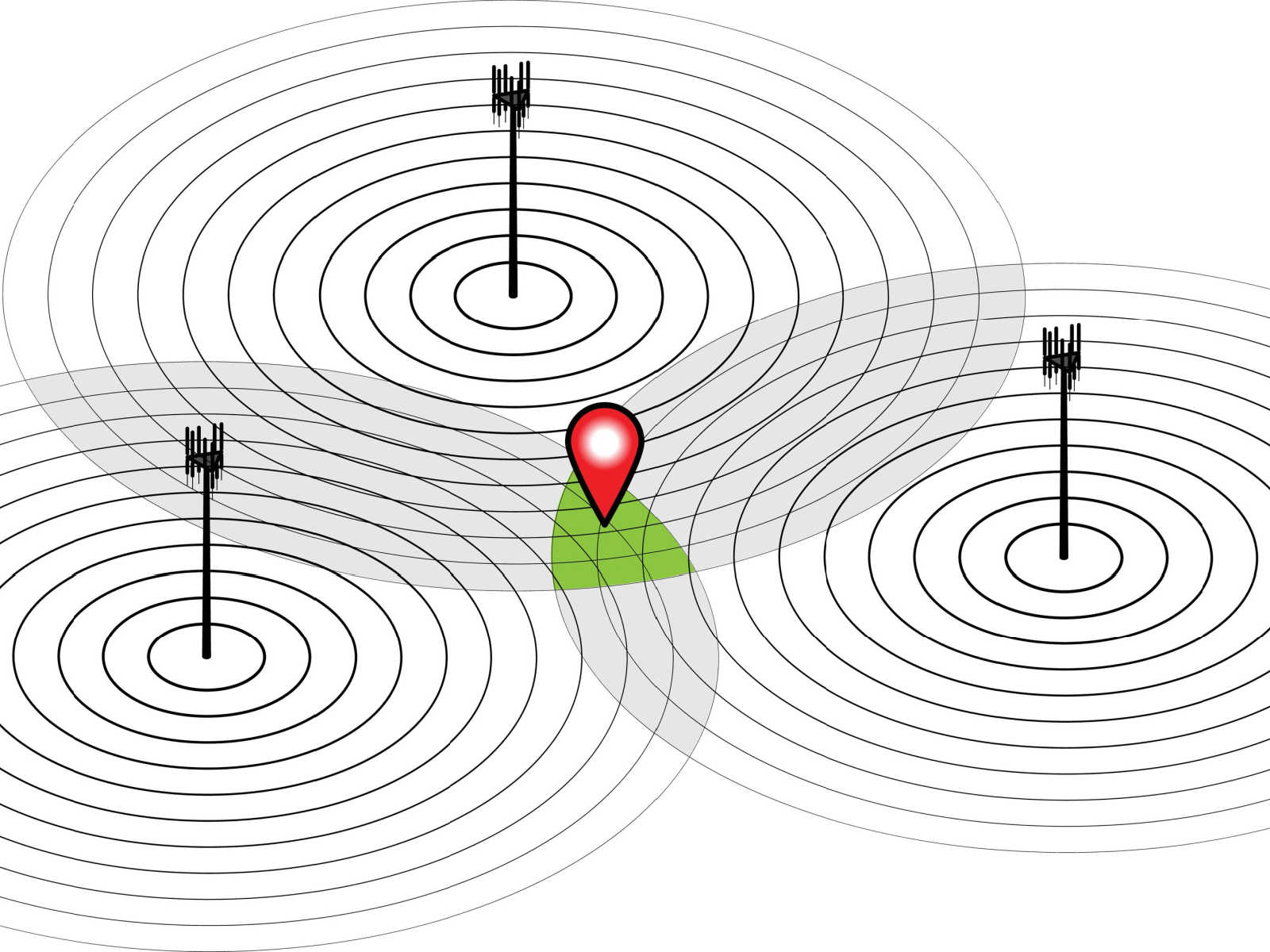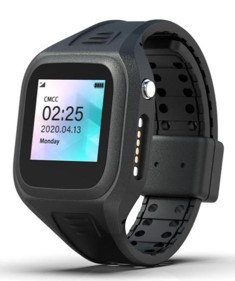An overview of the RTLS location technologies from AiRISTA
AiRISTA has an active R&D lab where a range of technologies are put to the test. Some of these technologies are productized and described below. Others, like LoRa and UWB, are evaluated and a design is created in case the market dictates a shift in that direction. This blog is one in a series, and describes the pros and cons of each technology. See our previous blog for a description of each technology.
Passive RFID
PROs
+ Inexpensive tags make it practical to track many low-value items. Tags may cost pennies or a couple dollars.
+ the tags are small and thin allowing tagging of items like clothing and even paper documents
+ No tag management required s.a. battery replacement
CONs
– limited read range, up to 7m
– does not provide x/y location, rather indicates proximity to a reader
BLE Proximity
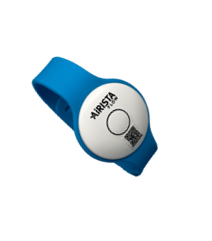
PROs
+ Any device with a BLE radio, like a cell phone, can be detected as if it was a tag
+ Readers, and in the case of AiRISTA tags, can be configured remotely to dynamically tune sensitivities
+ Battery life of a BLE tag that blinks every minute or so can last years
CONs
– Direction of movement of a tag is not possible without multiple readers
– BLE signals are attenuated (diminished) by liquid, so wearing a tag on your body can produce different signal strengths depending on the area of the body worn.
Received Signal Strength Indicator (RSSI)
PROs
+ tracks tags in real time throughout a facility provided sufficient density of receivers (e.g. Wi-Fi access points)
+ Its possible that no additional infrastructure is required beyond your existing wireless network.
+ bi-directional communication is possible to relay information like battery levels or to send configuration updates to the tag
CONs
– The expense associated with a battery, processor, memory, radios and antenna make it practical to track only your more valuable assets (although costs are coming down quickly like AiRISTA’s new A7 tag).
– Batteries can last days or several years, but a maintenance plan is needed to replace batteries
BLE Angle of Arrival & Angle of Departure (AoA & AoD)
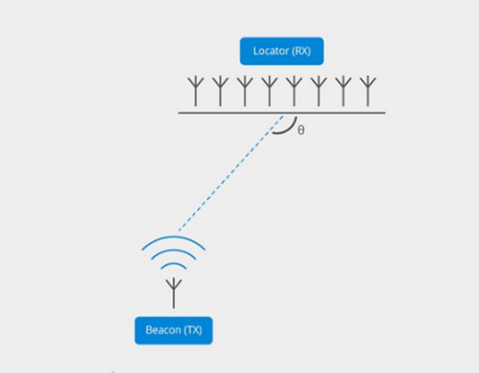
PROs
+AoA provides submeter accuracy
+ AoA can track in the vertical dimension
+ Using a novel approach to location calculation AiRISTA’s implementation of AoA can use a single reader to get submeter accuracy making it ideal for clinics, branch offices, small stores, etc.
CONs
– AoA requires an overlay network of BLE 5.1 or greater readers (until access point vendors begin to include the technology in their equipment and AoA becomes ubiquitous)
– legacy tags may not be upgradeable to BLE 5.1 (AiRISTA can upgrade most of its legacy tags over the air)
BLE High Accuracy Distance Measurement (HADM)
PROs
+ Designed for applications like fobs for vehicle entry, the technology will be widely used and rides down the cost curve expected of consumer products
+ Accuracy is not affected by the human body so accuracy is maintained regardless of the tag’s position on your body
+ AiRISTA’s solution combines AoA and HADM to provide submeter accuracy and tracking in the vertical dimension from a singe reader 3”x2” making it ideal for clinics, branch offices, small stores, etc. This essentially competes more expensive and complex UWB solutions.
CONs
– Bluetooth® LE committees have not ratified the standard, but early implementations should be forward compatible

Global Positioning System (GPS)
PROs
+ Accurate outdoor tracing to within several meters
+ There is typically no fee associated with use of the satellites
+ GPS does not rely on a terrestrial network and works in remote areas and at sea
* AiRISTA tags combine outdoor technologies with indoor wireless technology to facilitate seamless migration
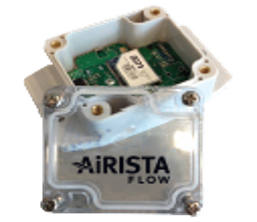
CONs
– GPS does not work well indoors
– GPS is power hungry and can deplete batteries quickly
* AiRISTA conserves battery energy by putting the tag to sleep when not in use
Batteryless BLE
PROs
+ Tags require no battery
+ Tags can be printed similar to passive RFID tags and cost pennies
+ BLE receivers in common devices can act as the gateway to relay the tag’s ID
CONs
– The technology is pre-standard
– The ecosystem of tag printers and software vendors is immature
– Limited range due to relying on other RF signals to provide power
To find out more about AiRISTA RTLS technologies download the FREE white paper that explores each technology as well as example use cases.


